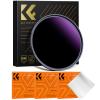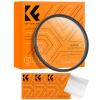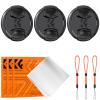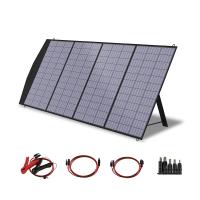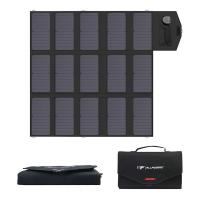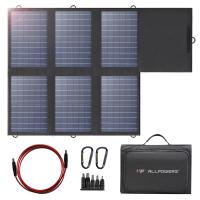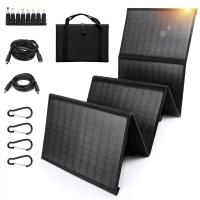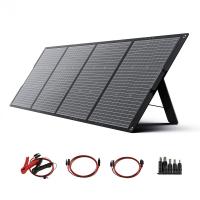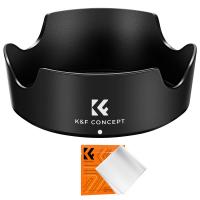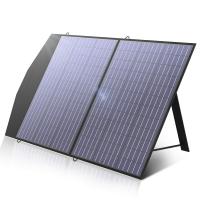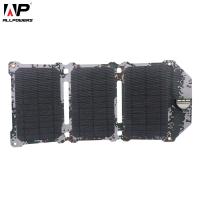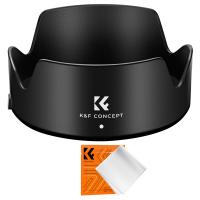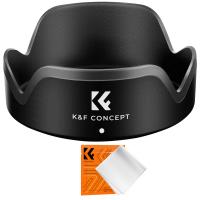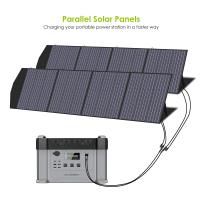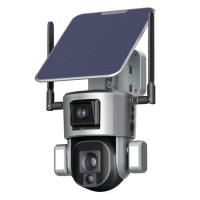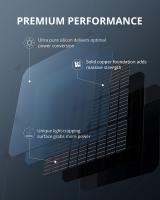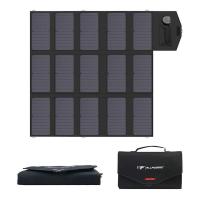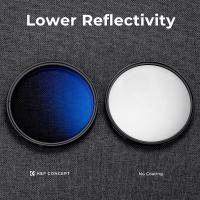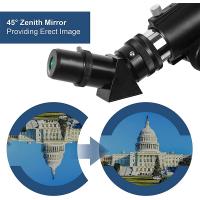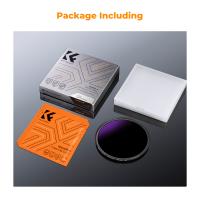How Much Is Solar Panel Installation?
The cost of solar panel installation is a topic of significant interest for many homeowners and businesses looking to reduce their energy bills and carbon footprint. Understanding the various factors that influence the cost can help potential buyers make informed decisions. In this article, we will delve into the key components that determine the cost of solar panel installation, the potential savings, and the long-term benefits of investing in solar energy.
Understanding the Cost Components
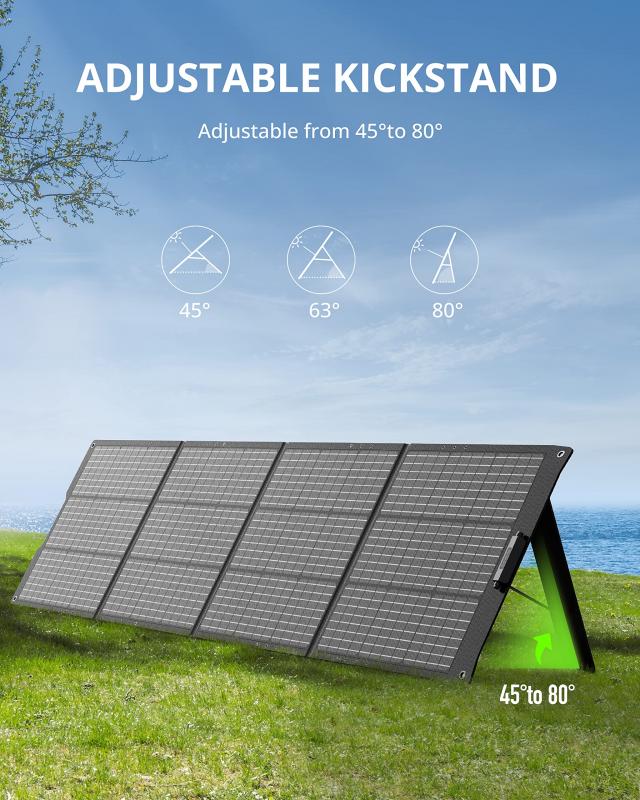
The cost of solar panel installation can vary widely based on several factors. Here are the primary components that contribute to the overall cost:
1. Solar Panels: The type and quality of solar panels you choose will significantly impact the cost. High-efficiency panels, such as monocrystalline panels, tend to be more expensive than polycrystalline panels but offer better performance and longevity.
2. Inverter: The inverter is a crucial component that converts the direct current (DC) generated by the solar panels into alternating current (AC) used by your home or business. There are different types of inverters, including string inverters, microinverters, and power optimizers, each with varying costs and efficiencies.
3. Mounting and Racking: The hardware used to mount the solar panels on your roof or ground can also affect the cost. Roof-mounted systems are generally less expensive than ground-mounted systems, but the type of roof and its condition can influence the installation cost.
4. Labor and Installation: The cost of labor and installation can vary based on your location, the complexity of the installation, and the installer’s experience. It’s essential to get quotes from multiple installers to ensure you’re getting a fair price.
5. Permits and Inspections: Local regulations may require permits and inspections, which can add to the overall cost. These fees vary by location and can sometimes be included in the installer’s quote.
6. Additional Equipment: Depending on your specific needs, you may require additional equipment such as battery storage systems, monitoring systems, or upgraded electrical panels, which can increase the total cost.
Average Cost of Solar Panel Installation
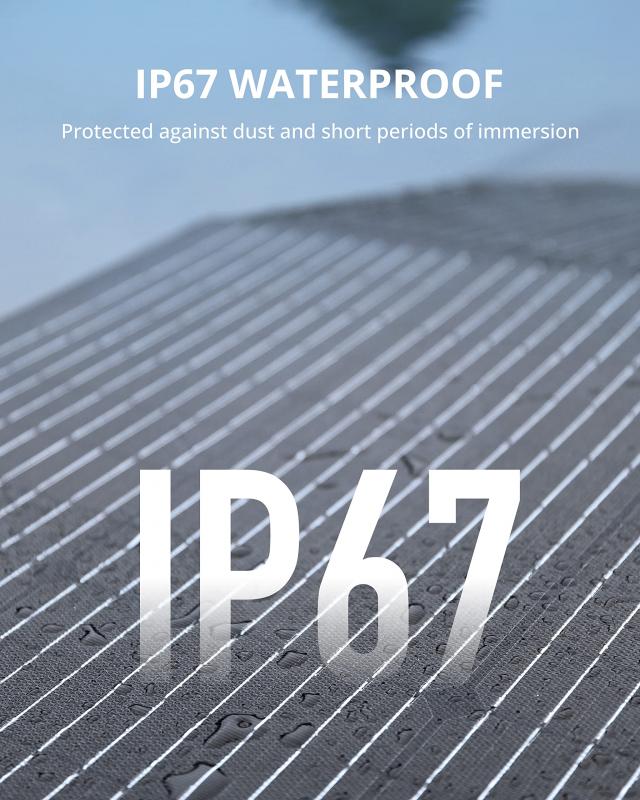
As of 2023, the average cost of solar panel installation in the United States ranges from $15,000 to $25,000 for a typical residential system. This cost is before any federal, state, or local incentives or rebates, which can significantly reduce the out-of-pocket expense.
The cost per watt is a common metric used to compare solar panel systems. On average, the cost per watt ranges from $2.50 to $3.50. For a 6-kilowatt (kW) system, which is a common size for residential installations, the total cost would be approximately $15,000 to $21,000 before incentives.
Incentives and Rebates
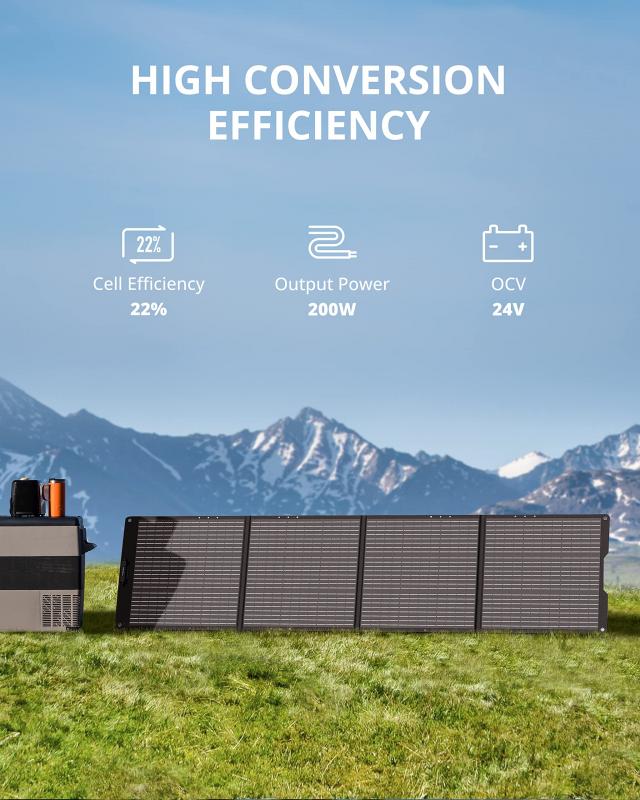
One of the most significant factors that can reduce the cost of solar panel installation is the availability of incentives and rebates. Here are some of the most common incentives:
1. Federal Investment Tax Credit (ITC): The ITC allows you to deduct a percentage of the cost of installing a solar energy system from your federal taxes. As of 2023, the ITC is 26%, but it is scheduled to decrease in the coming years unless extended by Congress.
2. State and Local Incentives: Many states and local governments offer additional incentives, such as rebates, tax credits, and grants, to encourage solar adoption. These incentives can vary widely, so it’s essential to research what’s available in your area.
3. Net Metering: Net metering allows you to sell excess electricity generated by your solar panels back to the grid, effectively reducing your energy bills. The value of net metering credits can vary by state and utility company.
4. Solar Renewable Energy Certificates (SRECs): In some states, you can earn SRECs for the electricity your solar panels generate. These certificates can be sold to utility companies to help them meet renewable energy requirements, providing an additional source of income.
Long-Term Savings and Return on Investment
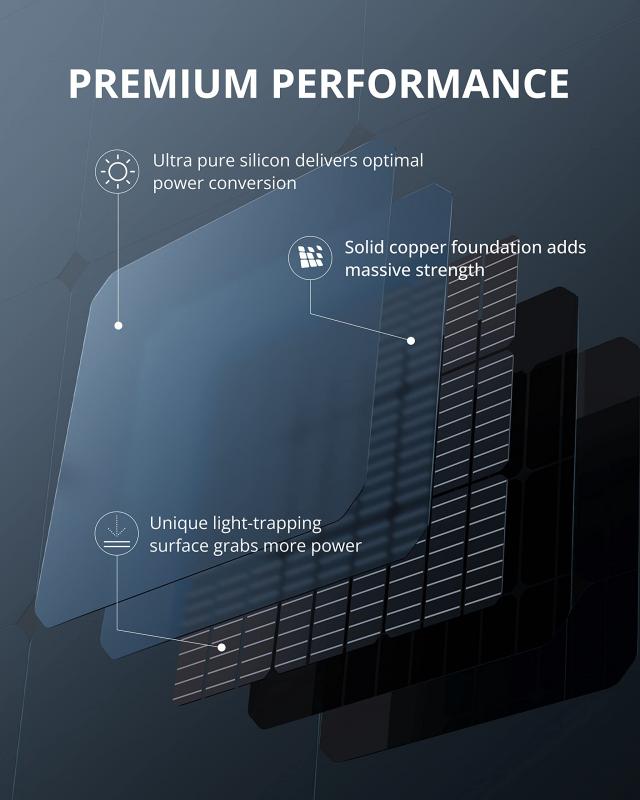
While the upfront cost of solar panel installation can be significant, it’s essential to consider the long-term savings and return on investment (ROI). Here are some factors to consider:
1. Energy Savings: Solar panels can significantly reduce or even eliminate your electricity bills, depending on the size of your system and your energy consumption. Over the lifespan of the system, which is typically 25-30 years, these savings can add up to tens of thousands of dollars.
2. Increased Property Value: Studies have shown that homes with solar panel systems tend to sell for more than comparable homes without solar. This increase in property value can help offset the initial installation cost.
3. Environmental Benefits: By generating clean, renewable energy, solar panels help reduce greenhouse gas emissions and dependence on fossil fuels. This environmental benefit can be a significant motivator for many homeowners and businesses.
4. Energy Independence: Solar panels can provide a measure of energy independence, protecting you from rising energy costs and potential power outages. This can be especially valuable in areas prone to natural disasters or with unreliable grid infrastructure.
Financing Options
For those concerned about the upfront cost, several financing options can make solar panel installation more affordable:
1. Solar Loans: Many financial institutions offer loans specifically for solar panel installations. These loans can spread the cost over several years, making it more manageable.
2. Leases and Power Purchase Agreements (PPAs): With a solar lease or PPA, a third-party company installs and maintains the solar panels on your property, and you pay a fixed monthly fee or a rate for the electricity generated. This option can reduce or eliminate the upfront cost but may offer less long-term savings compared to owning the system outright.
3. Home Equity Loans: Using a home equity loan or line of credit can be another way to finance solar panel installation. These loans often have lower interest rates than other types of financing.
The cost of solar panel installation can vary based on several factors, including the type of panels, inverters, mounting systems, labor, permits, and additional equipment. However, with the availability of federal, state, and local incentives, the net cost can be significantly reduced.
Investing in solar energy offers substantial long-term savings, increased property value, environmental benefits, and energy independence. By understanding the cost components and exploring various financing options, homeowners and businesses can make informed decisions and take advantage of the numerous benefits that solar energy provides.
As the technology continues to advance and the cost of solar panels decreases, the adoption of solar energy is expected to grow, making it an increasingly viable and attractive option for many.



